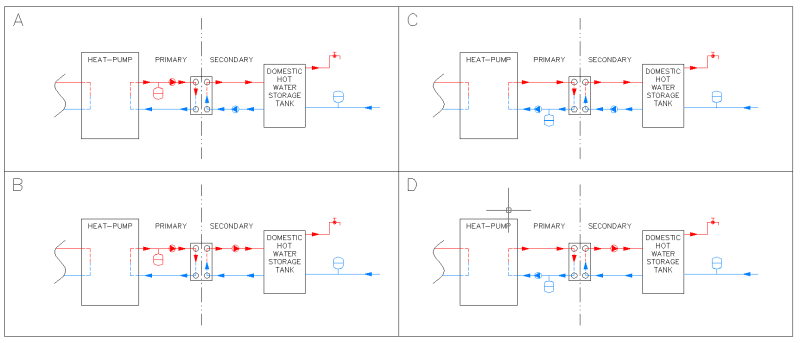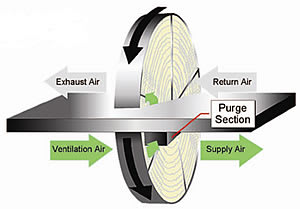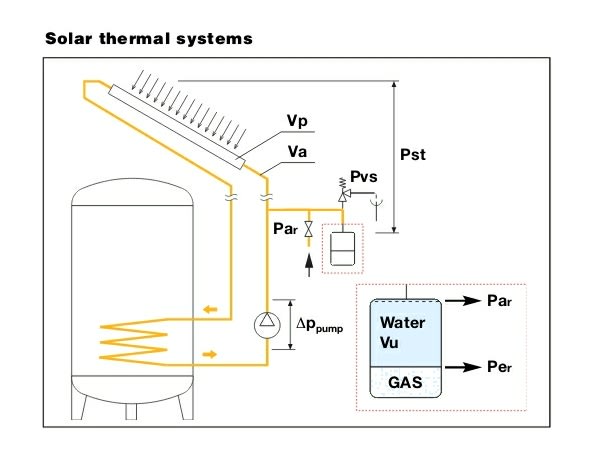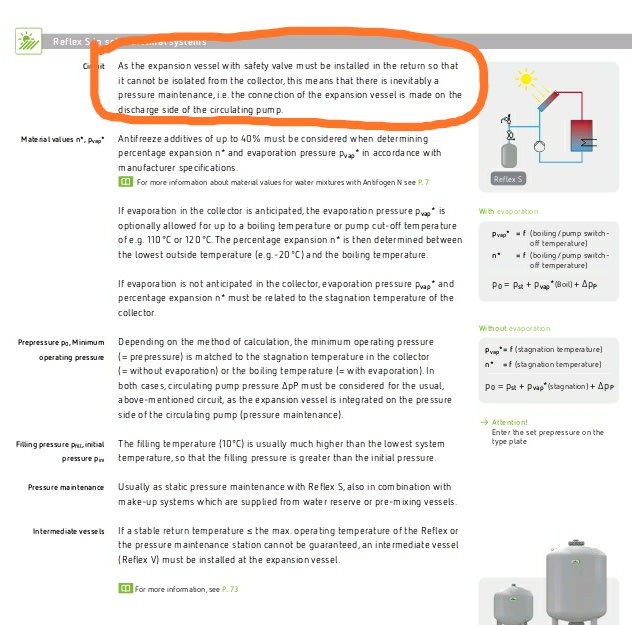kikonas68
Mechanical
- Feb 13, 2024
- 20
Hello.
Which one of these arrangements is more correct than others regarding the location of circulators in both circuits?

Which one of these arrangements is more correct than others regarding the location of circulators in both circuits?







